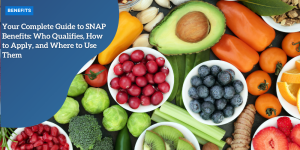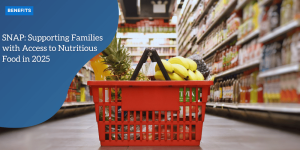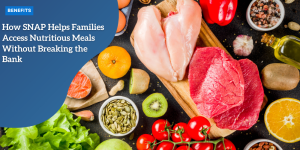Who qualifies for food assistance programs in 2025?
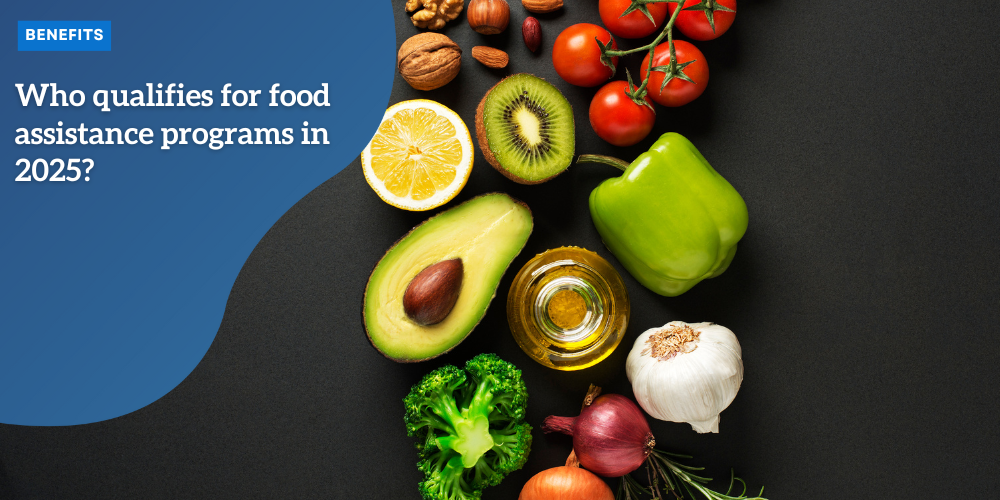
Anúncios
In 2025, food assistance programs like SNAP and WIC qualify individuals based on income, household size, and specific needs, offering essential support to those facing food insecurity.
Who qualifies for food assistance programs in 2025 is a critical question for many facing food insecurity. As these programs evolve, understanding the criteria can unveil vital resources for families in need.
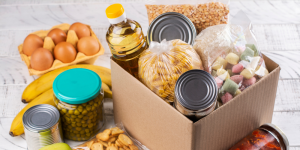
Understanding food assistance programs in 2025
Understanding food assistance programs in 2025 requires an overview of how these programs are structured and who can benefit from them. These programs are designed to help individuals and families access the nutrition they need.
Anúncios
Types of food assistance programs
In 2025, there are several key types of food assistance programs available:
- Supplemental Nutrition Assistance Program (SNAP)
- Women, Infants, and Children (WIC) program
- Child and Adult Care Food Program (CACFP)
Each of these programs has specific eligibility requirements and offers various forms of benefits. For example, SNAP provides monthly benefits to purchase food, while WIC offers nutritional support for pregnant women and children.Understanding these differences is crucial when determining what assistance you might qualify for.
Eligibility criteria
Eligibility for these programs typically hinges on factors like income level, household size, and other personal circumstances. In many cases, families must demonstrate a need for assistance.
- Income limits based on household size
- Residency requirements
- Work requirements for able-bodied adults
It’s important to gather the necessary documentation and apply promptly. Programs often have specific enrollment periods or may have funding limitations.
Overall, the landscape of food assistance programs in 2025 is evolving to better meet the needs of communities. Accessing support can significantly improve food security and overall well-being for those in need.
Anúncios
Eligibility criteria for food aid
Eligibility criteria for food aid vary significantly by program, and understanding them is vital for securing assistance. Many programs base eligibility on income, household size, and specific needs.
Income requirements
Most food assistance programs have specific income guidelines. Generally, households must have an income that falls below 130% of the federal poverty level to qualify for programs like SNAP.
- Income is often calculated based on gross income.
- Some programs consider net income, which factors in allowable deductions.
- Self-employed individuals may need to provide additional documentation.
Knowing how to calculate your household’s income accurately can make a significant difference in your eligibility.
Household size considerations
Eligibility also takes into account the size of your household. A larger household can have a higher income threshold and still qualify for assistance.
- Each additional person increases the income limit.
- It’s essential to report everyone living in the household when applying.
- Programs often require proof of residency for all household members.
The combination of income limits and household size is crucial in determining eligibility for assistance. Moreover, various programs may also look at other factors such as age, disability, and citizenship status.
For instance, programs like WIC specifically cater to women, infants, and children, focusing on unique nutritional needs, which could impact eligibility considerations.
Maintaining updated records and documentation will help streamline the application process for food aid. It’s also beneficial to consult local agencies for guidance on the specific criteria and application processes required for food assistance programs in your area.
How to apply for food assistance
Applying for food assistance can seem daunting, but understanding the process can make it easier. Each program may have different procedures, so it’s essential to know the steps involved.
Gather necessary documents
Before applying, make sure to collect all required documents. Commonly needed items include:
- Proof of income, such as pay stubs or tax returns.
- Identification, like a driver’s license or state ID.
- Proof of residency, such as a utility bill.
Having these documents ready will help speed up the application process and ensure you meet the eligibility requirements.
Submitting your application
Once you have your documentation, you can apply for food assistance. You can typically submit your application online, by mail, or in person at a local office, depending on the program.
Online applications often have user-friendly portals, making it easier to fill out and submit your information. Those applying by mail should ensure that they send the correct forms to the right address.
In-person applications provide an opportunity to ask questions and get assistance with the form if needed. Assistance from a caseworker can be invaluable in clarifying any confusing sections.
Follow up on your application
After submitting your application, it’s important to follow up. Check the application status online or contact the local office.
- Knowing the timeline for processing can help manage expectations.
- Be prepared to provide additional information if requested.
- Once approved, familiarize yourself with how benefits will be distributed.
Understanding how to apply for food assistance will empower you to access the support needed for food security. Remember, help is available, and every step you take brings you closer to securing the assistance that can make a difference.
Resources for additional support
When seeking food assistance, it’s essential to know about additional resources that can provide extra support. Understanding these options can make a big difference in accessing the help you need.
Community organizations
Local community organizations often play a vital role in providing food and other resources. These organizations can offer emergency food assistance, nutrition education, and more. Some popular types of community support include:
- Food banks that distribute groceries and meals.
- Nonprofit organizations offering cooking classes.
- Churches or faith-based organizations providing meals and food supplies.
Connecting with these groups can help strengthen community ties and access valuable resources.
Government programs
Various government programs can also support individuals and families in need. Besides SNAP, programs like Temporary Assistance for Needy Families (TANF) and the National School Lunch Program can provide important financial aid and services.
These programs work together to reduce food insecurity and support families. By looking into additional governmental aids, you can find comprehensive support tailored to your situation.
Online resources
In today’s digital age, many online resources are available to help with food assistance. Websites offer information about benefits, applications, and community resources. Some valuable online platforms include:
- Food assistance locators that help you find local services.
- Webinars on nutritional support and healthy eating.
- Discussion forums where individuals share experiences and tips.
Utilizing these online resources can help guide you through the process and connect you with others facing similar challenges.
Remember, reaching out for help is a strong and necessary step. By exploring these resources, you can create a supportive network that makes accessing food assistance easier.
In conclusion, understanding how to access food assistance programs in 2025 is crucial for many individuals and families. By recognizing the eligibility criteria and learning how to apply, you can secure support that meets your needs. Additionally, various resources are available, including community organizations and online platforms, to help navigate the process. Reaching out for help is a strong step towards better food security. Remember, you’re not alone, and assistance is within reach.
Topics  |
Details  |
|---|---|
| Accessing Food Assistance | Learn essential steps to get help with food aid. |
| Eligibility Criteria | Understand the requirements to qualify for aid. |
| Community Resources | Find local organizations ready to assist you. |
| Government Support Programs | Explore various government programs available. |
| Online Resources | Utilize websites to find more assistance options. |
FAQ – Frequently Asked Questions about Food Assistance Programs
Who qualifies for food assistance programs?
Eligibility generally depends on income, household size, and specific needs. It’s important to check the criteria for each program.
How can I apply for food assistance?
You can apply online, by mail, or in person at local offices. Ensure you have the necessary documents ready.
What resources are available for additional support?
Community organizations, government programs, and online resources can provide extra help and guidance.
How long does it take to process my application?
Processing times can vary by program, but you can follow up with your local office to check the status of your application.


